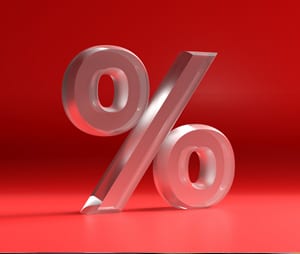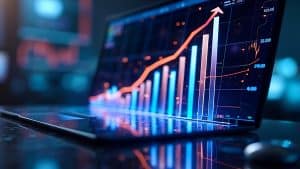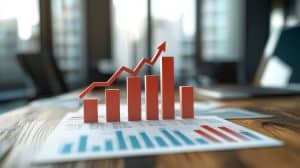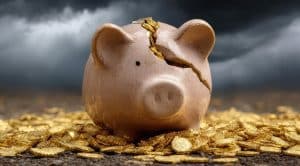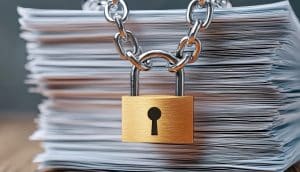
Christopher Kuehl
Managing Director • Armada
This is actually pretty dangerous territory for an economist. We all know the best definition of an economist is someone who explains tomorrow why the predictions they made yesterday didn’t come true today. We are also notorious for predicting 13 of the last three recessions. Now that I have issued my disclaimers I can get on with the predictions. The topic of the last few weeks has been interest rate policy and we have discussed this in these pages before. The reality is that the Fed and the other central banks are dealing with a type of inflation they are not all that well-equipped to contend with. This is not really a traditional demand-driven inflation. The problem is that demand is not getting met due to supply chain breakdowns as opposed to excess cash floating around. The surge in energy pricing has also been a major driver. These factors explain why the Fed and the other central banks were so slow in starting the hikes. They did not really think these rate hikes would have all that much impact in the short term and they were reluctant to start slamming on the brakes when many parts of the economy continued to struggle to recover from the 2020 debacle.
So – how high do they go? The word from the Fed (as well as the others) has been similar. The hikes will continue as long as the overall economy continues to see high rates of inflation AND shows no real signs of major economic slowdown. If one looks at some of the indicators of growth right now, many are still strong enough to support expansion. Just to name a few. Capacity utilization numbers have been at 80% for the last three months and that is in the preferred zone of between 80% and 85%. The durable goods numbers have been relatively stable. The Purchasing Managers’ Index for manufacturing has managed to stay slightly above the 50 mark that separates expansion from contraction and the composite index rose just slightly although it remained under that 59 mark. Capital spending has slowed but still sits close to its all-time high. The bottom line is that the news is certainly not great but it is not signaling a deep recession or even a lengthy one at this point. So, the Fed looks at this data and concludes there is enough resiliency in the economic to sustain higher rates – at least for a while.
With the last .75% hike the Federal Funds rate now stands at between 3.0% and 3.25%. Historically this is not especially high. In 2018 and 2019 the rates were above 2.0% for a time and prior to that the rates were well above 5.0% (2007). The anomaly as far as rates are concerned was the period between the 2008 recession and the 2020 recession. There is no talk at all of a repeat of the 1980s under Paul Volcker when the rates soared to 30% in an effort to stamp out inflation with a full-blown recession. The Fed has been careful with its terminology but it is asserting it has a goal of around 4.0% and that would accommodate another .75% hike (probably in December). At this point it is also important to note that interest rate hikes do not have an immediate impact on the overall economy although they do shake up the investment community. It takes between 18 and 24 months to see the overall impact of rate hikes and we are only in month six.
What would tempt the Fed to hold back on further hikes or even start to reverse course and lower them again. The Fed has a mandate to control inflation but it also has a mandate to grow the economy. That is generally measured by job growth. The Fed will watch the employment numbers and not just the obvious ones. They will note what happens with U-3 which measures the people who are formally on unemployment and formally searching for jobs but they will watch U-6 even more closely as it picks up the discouraged worker and the “involuntary” part time. In the current “gig economy” that category is hard to observe accurately. They will watch the data from the Job Opportunity and Labor Turnover Survey (JOLTS). They want to see what is happening with the “quit rate”. It is standing at 2.7% and that is almost a full point higher than the long-term average. This means that people are very confident about finding a job when they decide to look for one.
Recent Posts
- The All Powerful and Influential Automotive Sector July 10, 2025
- Tariff Fatigue June 24, 2025
- Obtaining Financial Records from Hesitant Customers May 29, 2025
- What Happens Next? May 8, 2025
- Three Reasons to Ignore Recession Talk (and One Reason Not to) April 24, 2025
- Stability in Uncertain Times: Insights on Small Business Performance and Market Trends March 26, 2025
